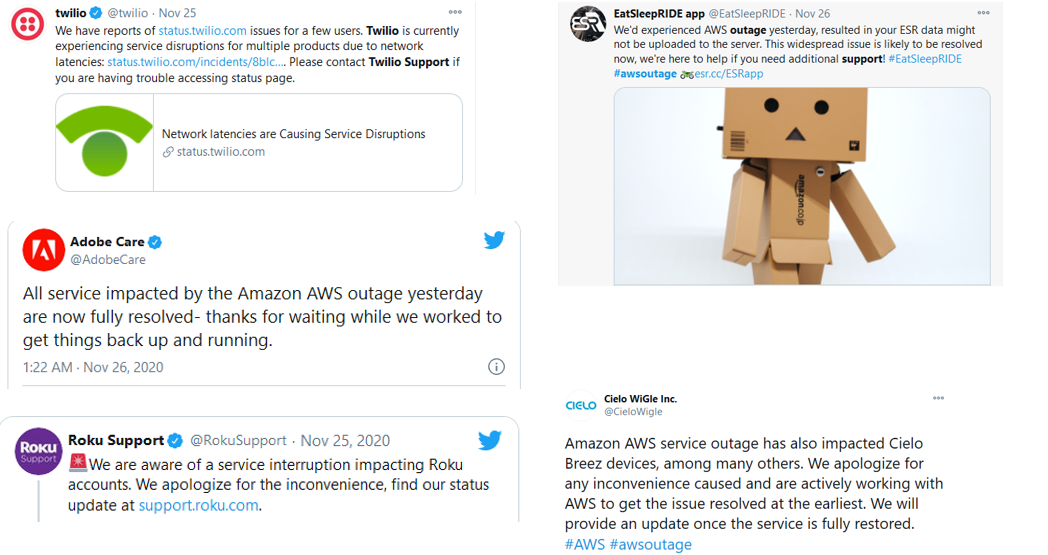Often, the very people whose involvement is most critical to an initiative are those who are least "available." Senior managers, for example, can have a deep level of domain experience which they have built up over years, and they can exert authority over important decisions. Enterprise architects and Product Owners, in particular, may have accumulated responsibilities over sweeping areas of organizational concern. Such people are notoriously time-poor, and can be unable or unwilling to focus on a single product or team. This means that they often fail to make the appropriate commitment to an Agile role, and do not demonstrate the quality of involvement expected of them.
One symptom is that they might see themselves as being "too busy" to fulfill the role and its responsibilities. A Product Owner, for example, may be "too busy" to attend Product Backlog refinement sessions, or perhaps even Sprint Planning, Sprint Reviews, and Sprint Retrospectives. They may allege that they "trust" the Development Team to make an appropriate delivery without their participation. This is unsatisfactory, as it means abdicating their collaborative responsibilities, and the inspection and adaptation of progress are compromised.



